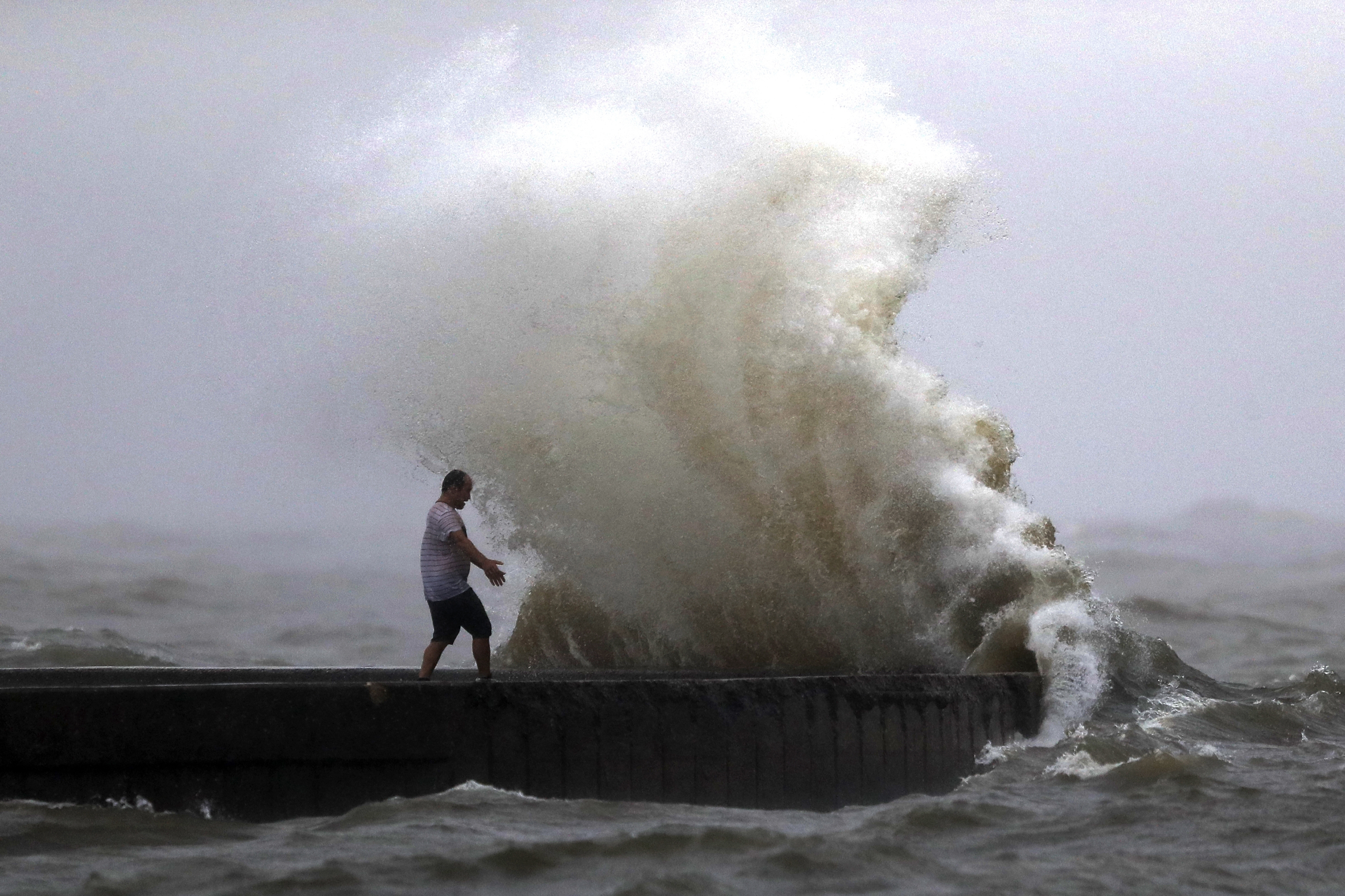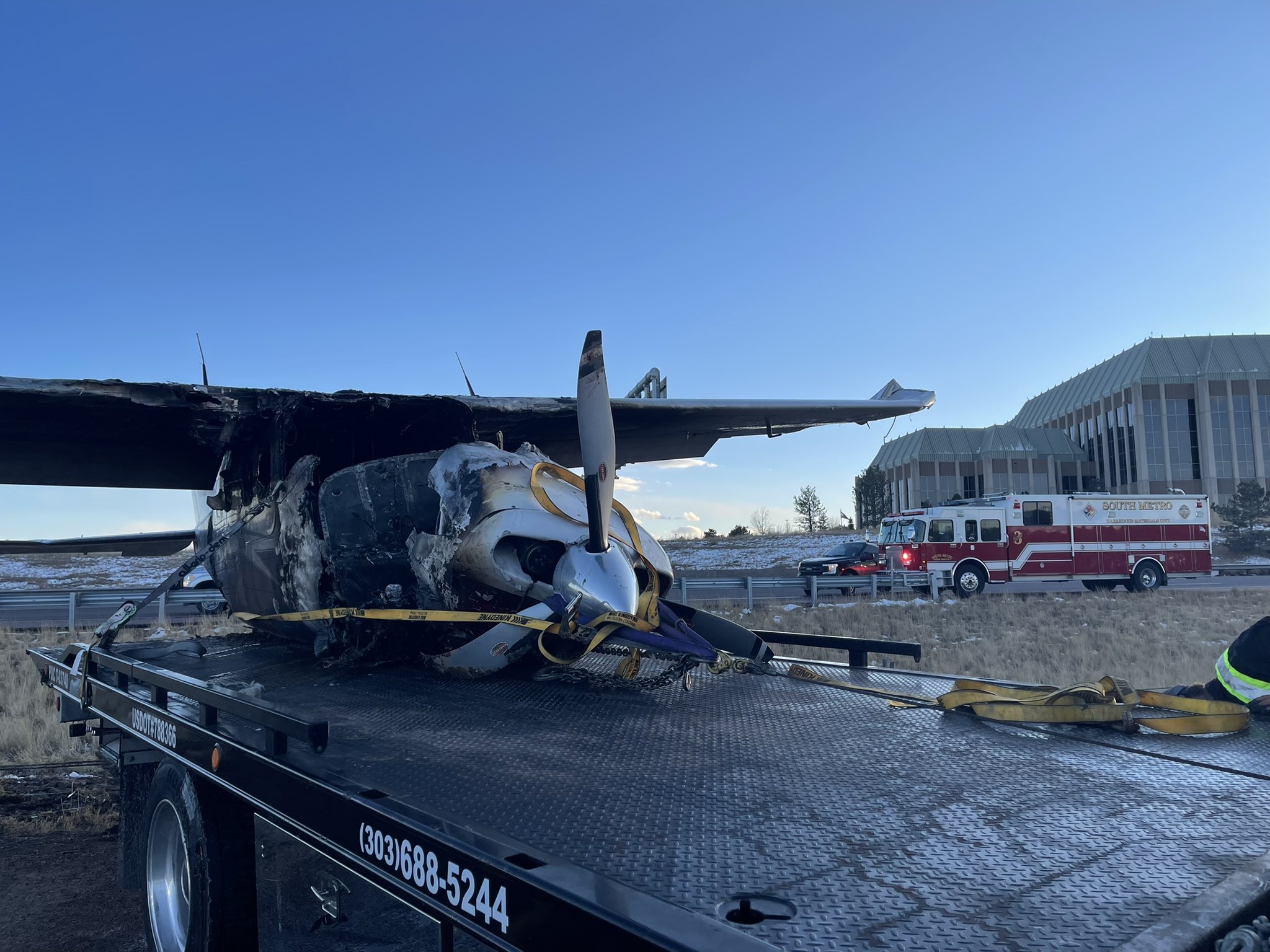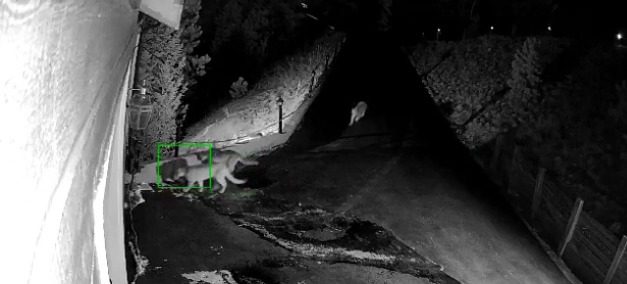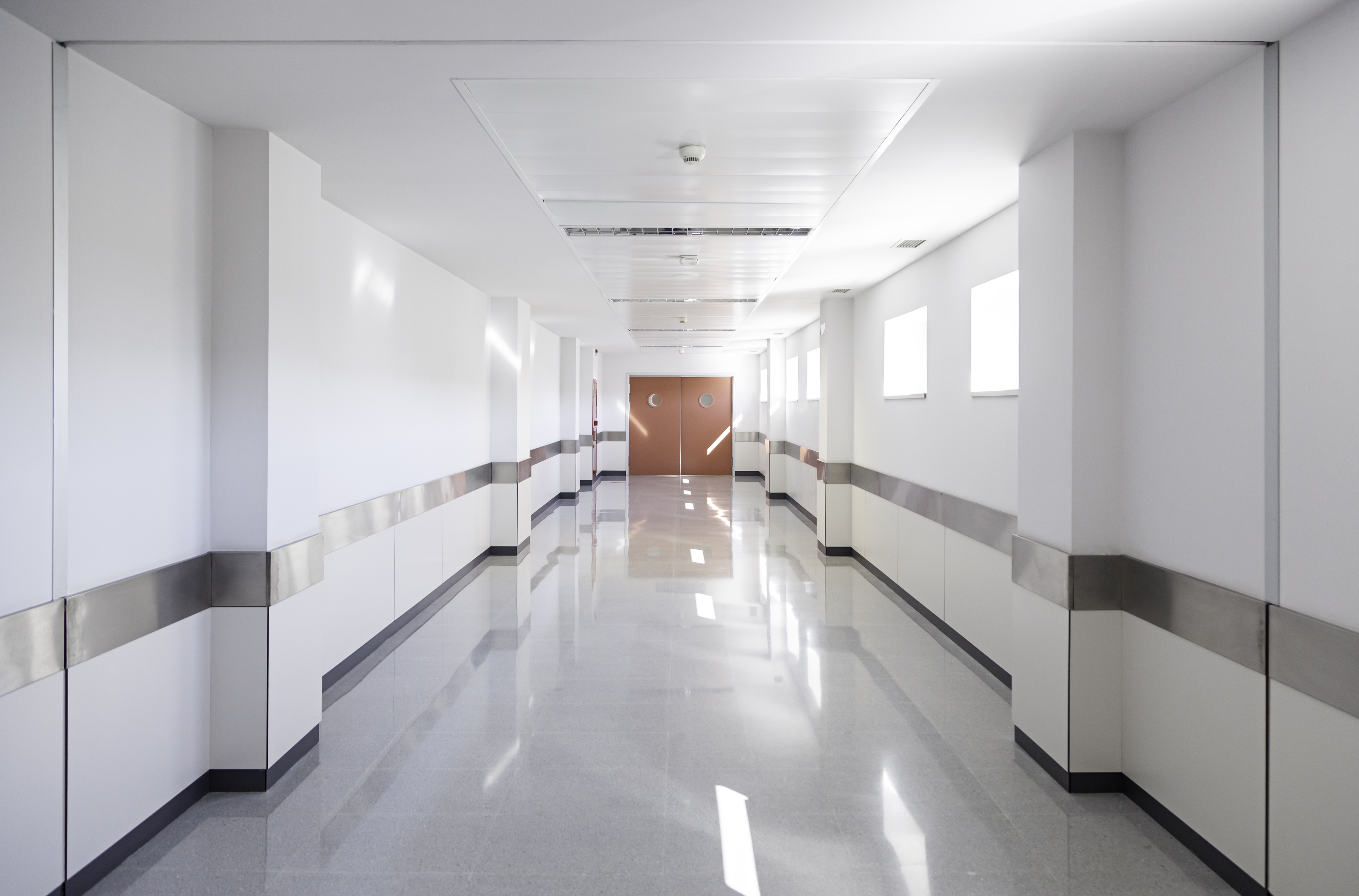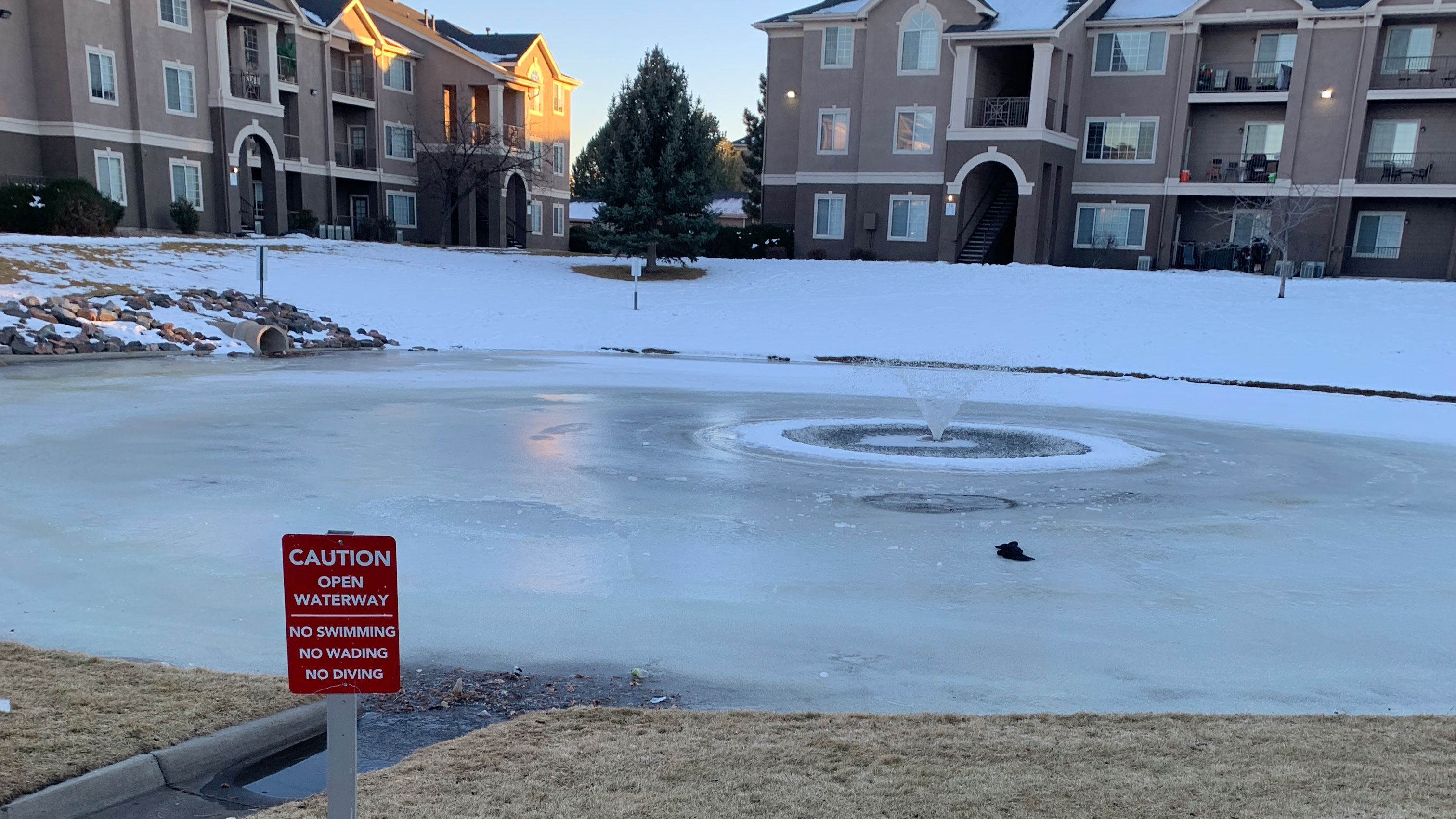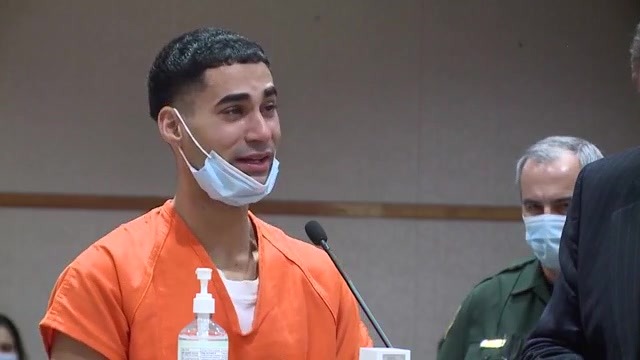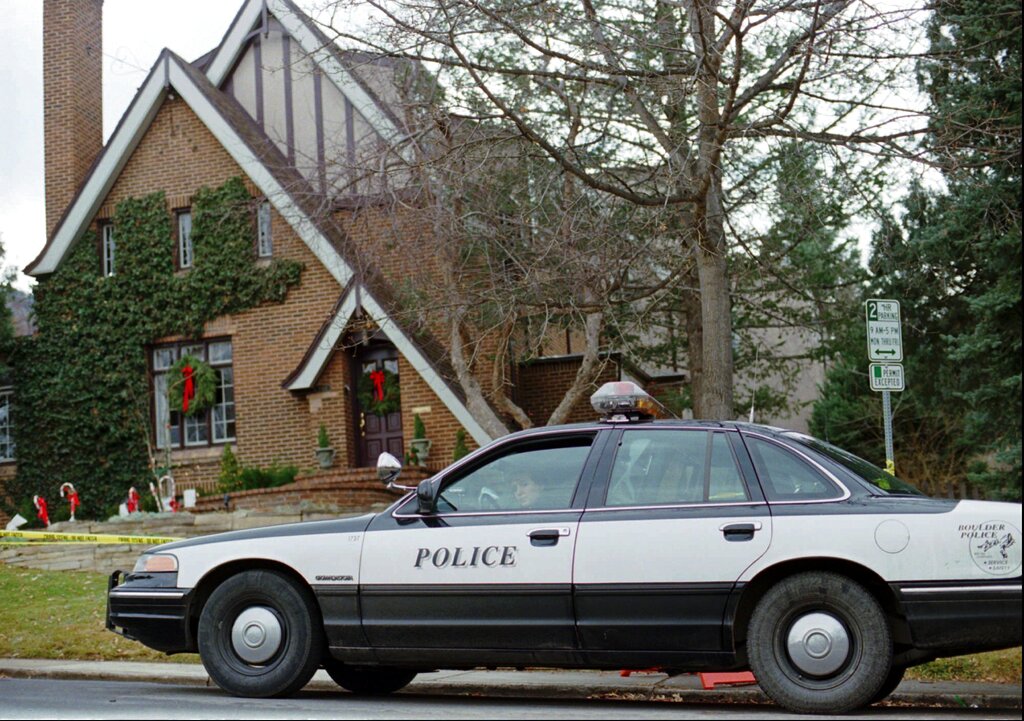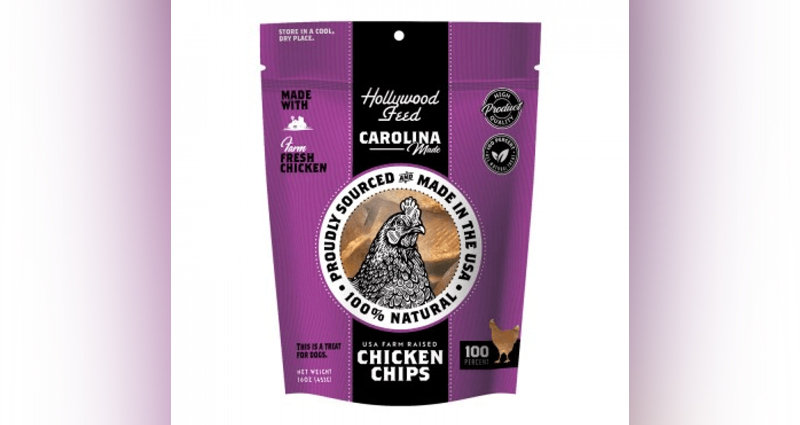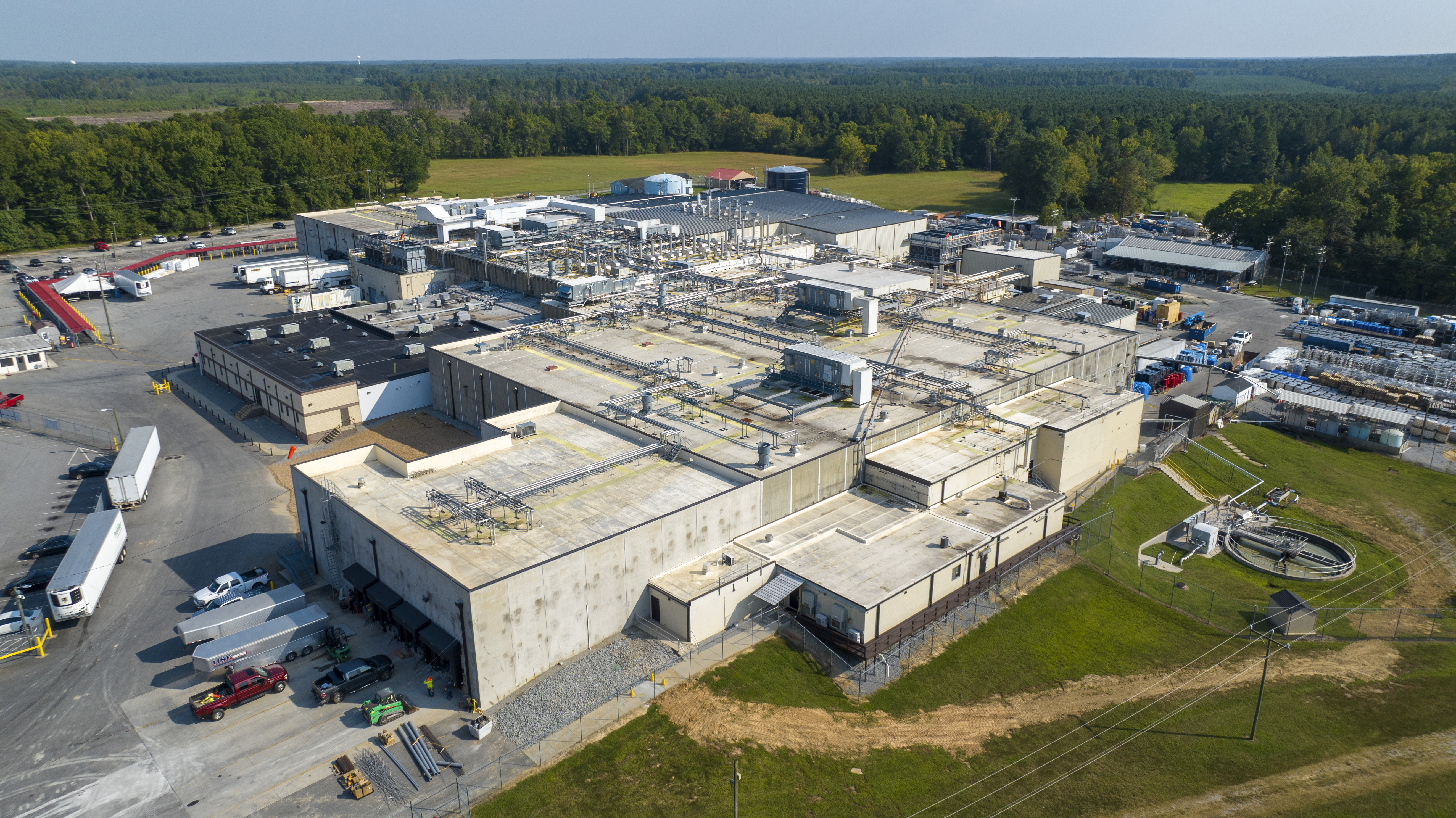NEWPORT NEWS, Va. (WAVY) — A major wastewater line broke Monday on 16th Street in Newport News, creating a smelly mess and ban on shellfish harvesting issued by health officials.
The break happened between Garden Drive and Walnut Avenue and quickly made traveling difficult in the area. Detours were set up as raw sewage filled the streets and its abhorrent odor filled the air.
The cause was the failure of a piece of a 36-inch primary force main line that carries wastewater from Hampton and Newport News to the Boat Harbor Treatment Plant next to the Monitor Merrimac Memorial Bridge-Tunnel, according to a release from the Hampton Roads Sanitation District. The preliminary inspections revealed interior corrosion.
While the wastewater in the streets began to subside around 6 p.m. Monday, HRSD General Manager Ted Henifin said work to fix the problem could take days.
“Pretty confident it’s a major failure,” Henifin said. “It’s coming out of the ground at that point and basically running through the storm drain and into the local bodies of water.”
To fix the issue, Henifin said even more sewage would be headed to waterways. Crews will conduct what are called “controlled releases” further up the system to stop the waste from flowing to the broken pipe.
“Diverting untreated wastewater into local waterways is a last resort when there are no other alternatives. Fortunately, the diversion at the Claremont Pump Station is into the Hampton Roads, a very large body of water with hundreds of trillions of gallons of water flushed in and out with the daily tidal cycle,” HRSD wrote in a Tuesday news release.
On Tuesday, crews performed closed-circuit television work to inspect the extent of damage to the pipe. Preliminary inspections reveal interior corrosion as the cause of the line break.
Crews will then dig down, replace the pipe, put it back together and restart the system.
The overtly frustrating fact for Henifin: His team knew that broken pipe could possibly fail, and was close to replacing it in an attempt to prevent a failure like this.
The pipe is part of a two-mile, $16-million pipe replacement project that’s currently underway. Much of the pipe in that area was installed in 1944 as part of the Federal Works Agency projects, according to HRSD.
“Talk about just not quite getting the timing right,” Henifin said.
Henifin said service hadn’t been affected. The water hadn’t breached anyone’s homes as of Monday night, and it is not expected to.

The spill did force a temporary emergency shellfish closure in parts of the James River and its tributaries in Newport News, Suffolk and Isle of Wight County. The closure will be from Jan. 5 to 25, unless water testing shows bacteria levels are in the safe zone sooner.
Virginia Department of Health officials called the spill a “significant sewage release.”
Shellfish impacted include oysters and clams, but not crabs or finfish, the health department said.
Shellfish taken from the area during the closure could cause gastrointestinal illnesses including norovirus, hepatitis A and shigellosis.
A map of the affected area is posted on the Division of Shellfish Safety’s home page.
HRSD said the decision to send untreated wastewater into local waterways is a last resort, but being able to send it into Hampton Roads, the actual large waterway that the region is named after, is better than smaller waterways, with hundreds of trillions of gallons of water being flushed in and out with the tides.
“Sampling during past events has shown nature can restore the water to pre-spill conditions rapidly after a very rare and short duration spill,” HRSD said.
